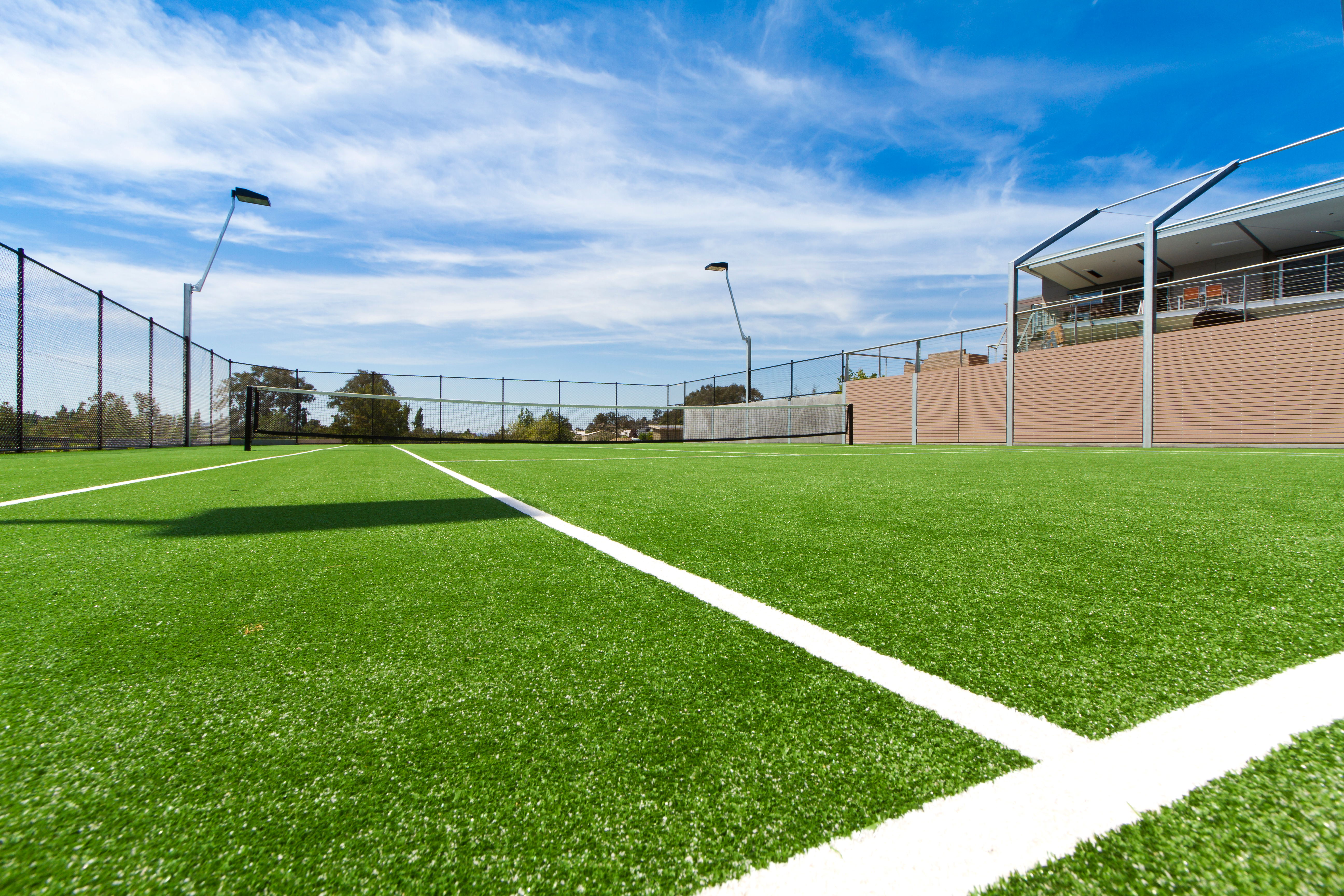Vital role of surface for tennis grass court
- 05/13/2019
Every tennis player knows that the surface of the tennis grass court affects the game. Every surface has its properties which take an effect on the game. Types of surfaces may include clay courts, grass courts.
The clay materials are in fact a combination of rock, rubber and numerous types of plastics. Clay courts are constant and smooth, though they’re the most expensive and require maintenance. Than it was, grass is popular for tennis courts. Grass courts are assembled using artificial grass, but flattened out. Like clay courts, grass requires maintenance. Major tournaments used to be played on grass boards, but Wimbledon is now the only one played on grass boards.
Hard courts are the most typical types of surfaces for tennis. These courts are frequently called rebound ace courts, which are solid materials containing a mixture of asphalt or concrete and sand. The coating is covered by a layer of acrylic paint or a synthetic substance. The greater sand is added, the less rate the ball may have. These boards require the least maintenance and would be flat and firm. People who play with rate and hard hits have an edge with concrete courts. Hard courts are usually compatible using any playing style and level. Injuries are also greater common on hard boards or rebound ace than every other.
The U.S. Open and the Australian Open would be the two professional tournaments played on hard courts. Certain tennis court surfaces are an edge for certain playing styles and may be a disadvantage for others. If the court is made of clay, grass or concrete, there’s a degree of maintenance involved with in order to achieve a successful game. While clay courts and grass courts need regular maintenance, concrete courts are preserved about once a year. Not every tennis court is the same and the result of a game can really be impacted by the kind of surface.




